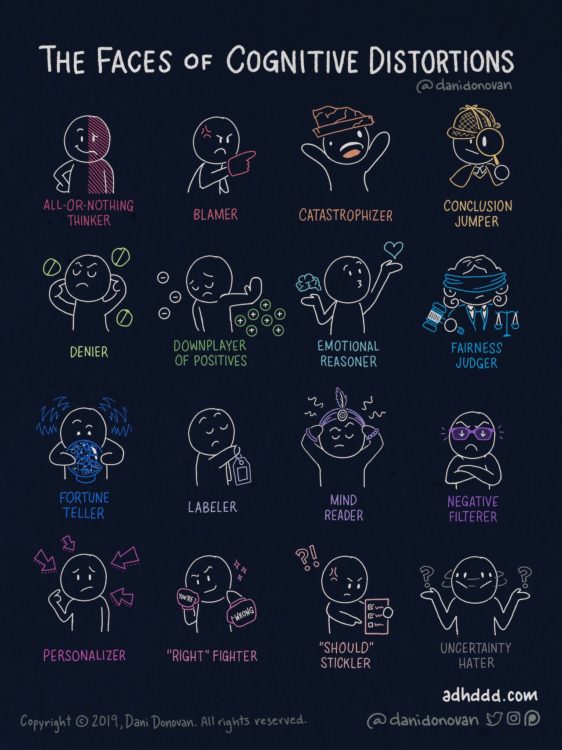Stopping amputee self-sabotage is something all amputees must face. Recognizing what triggers the destructive amputation recovery self-sabotage is the major focus for anyone who lost a limb. You set a goal for yourself and somehow never reach it. You find yourself back in the same situation no matter how much planning, strategizing, or intention-setting you do. Self-sabotage is repeating these same patterns, no matter how much you want a different outcome. It doesn’t feel right.
Perhaps you wanted to improve your prosthetic balance, so you worked with your physical therapist to come up with a home exercise program that you can do at least three times a week while you can’t go to the gym. Despite the best of intentions, however, for some reason, you can’t seem to achieve your goal. You keep repeating patterns that are not helpful, such as always staying up late to binge-watch on Netflix.

Behavior is said to be self-sabotaging when it creates problems in daily life and interferes with long-standing goals. The most common self-sabotaging behaviors include procrastination, self-medication with drugs or alcohol, and binge eating. There are more dangerous forms of self-sabotage, such as self-mutilation. For Amputees, it is the inability to reach or maintain a higher level of functioning. It may even be a further regression of not wanting to wear your prosthesis or finding yourself stuck in a wheelchair. The critical element is surprising when you do it over and over again.
Recognizing Self-sabotage
Recognizing self-sabotage is essential for an amputee. Not recognizing Self-sabotage can be disastrous because of the amputee’s need to continue pushing the limit to maintain a high level of physical functioning. People aren’t always aware that they are sabotaging themselves, and connecting a behavior to self-defeating consequences is no guarantee that a person will disengage from it
the need for stopping amputee self-sabotage is also essential because of its pervasiveness. The most alarming thing about self-sabotage is that it can show up in different ways and affect all areas of life. So, before you allow self-sabotage to destroy what’s important to you—be it your health, career, relationships, or finances you must take a proactive approach by learning how to recognize it and, most importantly, how to overcome it.
Stopping amputee self-sabotage can look different for everyone. For some, it might be procrastination, for others, low self-esteem. But no matter how self-sabotage shows up in your life, it’s essential to recognize that its power depends on the subconscious beliefs and stories we have accumulated while growing up.
Signs of self-sabotage include:
- Making the same mistake over and over again.
- Recurring negative thoughts that prevent you from taking steps toward achieving what you want.
- Feeling like you can’t do something that you want to do, so you don’t even bother trying.
If you recognize any of these signs in your life, perhaps you can dig deeper to find the reason.
Why Do Amputees Sabotage Themselves?

Identifying the source of counterproductive behavior is the first step. There are many reasons why a person might act in a way that is contrary and even proves damaging to their own goals. Amputees regress to a previous level of behavior. They don’t get up and out on both feet, finding that they spent the whole day in their wheelchair. They make plans to meet people and do things only to realize they have watched TV. Swearing that they will get some exercise this afternoon only to wake up from a nap. What makes them self-sabotage is that they start with the complete opposite. The amputee is concerned that their goals are never reached. It becomes dangerous. when these good intentions are repeatedly replaced by wasted behaviors. It takes its toll at a painful cost on amputees’ health and relationships. The forces that lead to self-sabotage can also be more subtle, such as an accumulation of dysfunctional and distorted beliefs that lead people to underestimate their capabilities, suppress their feelings, or lash out at those around them.
Stopping Amputee Self-sabotage
First, observe your thoughts. You can start a journal that can help increase your awareness. A key feature of self-sabotage is being unaware of getting off course and being astonished about the behaviors you replace it with. Following your thoughts can help you find patterns or themes like thinking that you can’t do anything right. Then, once you find those recurring themes, decipher each one and see which one makes you feel bad. This is a good sign that a particular thought is the cause of your self-limiting behaviors.
Next, challenge those thoughts. Ask yourself why a particular idea keeps coming up. During this step, it’s essential to keep in mind that although your thoughts seem like your reality, they are not. You can always consider doing the alternative to what you’re thinking.

Lastly, replace those destructive behaviors and thoughts. Overcoming self-sabotage requires interrupting the pattern you have unknowingly laid out for yourself. Observe when a particular idea makes you feel bad and replace it with feel-good thoughts.
Do the same for self-sabotaging manners. Figure out what you would usually do in a specific situation and then replace that behavior with one that propels you toward your objective. . Still, it is possible to overcome almost any form of self-sabotage.
Amputee life coaches will be particularly helpful in identifying and changing your self-sabotage. Eclectic cognitive behavioral therapy focuses on behaviors and it is the latest and most effective form of treatment for these behavior-based problems. A therapist trained in this technique can aid in interrupting ingrained patterns of thought and action while strengthening deliberation and self-regulation.
While these strategies may seem simple, understand that there is no such thing as an overnight success. Repetition is vital to establishing this new way of thinking and living. Once you’ve been implementing this habit every day, you’ll see a massive change in the quality of your thoughts, which translates into a better quality of life.





Cognitive behavioral therapy emphasized this concept. Sceptics reply thaat arguing with an amputee on this subject is futile. Cognitive behavioral therapy is full of what we call Aristotelian categorizations. There are a lot of them so I will be having several articles on the use of CBT in recovering from an amputation. If you give me your email I will make drafts available prior to posting.